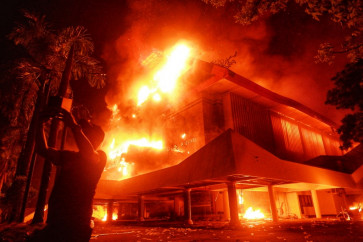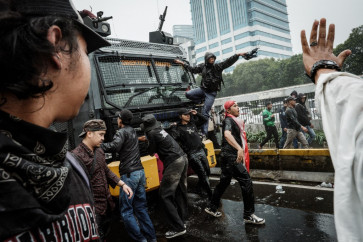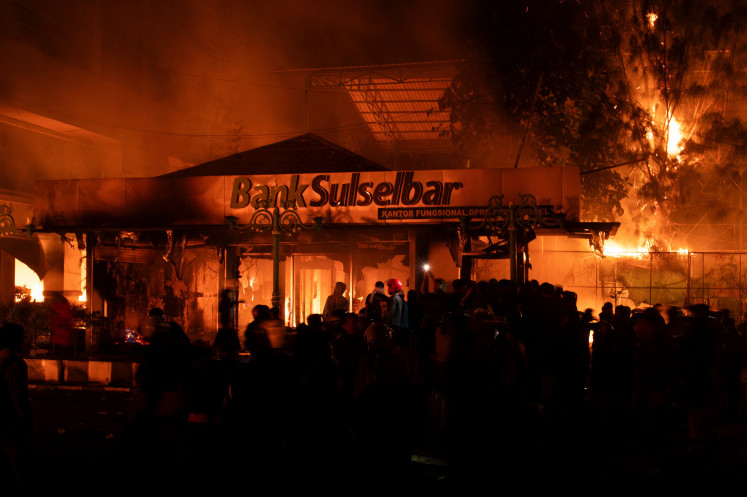Popular Reads
Top Results
Can't find what you're looking for?
View all search resultsPopular Reads
Top Results
Can't find what you're looking for?
View all search resultsHIV/AIDS mortality rate steadily increasing, 72 dead this year
The number of deaths caused by HIV/AIDS in Bali has been steadily increasing year on year, with 72 people recorded as having died of the disease already this year
Change text size
Gift Premium Articles
to Anyone
T
he number of deaths caused by HIV/AIDS in Bali has been steadily increasing year on year, with 72 people recorded as having died of the disease already this year.
Data from Sanglah Central Hospital's VCT (Voluntary Counseling and Testing) clinic shows that the number of deaths by October was more than twice the number recorded in 2004.
In 2004, HIV/AIDS claimed 32 lives. In 2005, the number was 33 and in 2006 the mortality rate reached 43.
The largest number of deaths occurred among injecting drug users (IDUs).
Istina Dewi, IDU assistance coordinator at Yayasan Bali Plus, said six PLWHAs (People Living With HIV/AIDS) died last month. Four of them were injecting drug users, with the other two from the tranvestite and heterosexual populations.
"It seemed like they (the IDUs) had made a pact to die at the same time," she said.
Yayasan Bali Plus is one of several NGOs that provide assistance and support to the island's PLWHA population.
A large number of the deaths are reportedly caused by PLWHAs' inability or reluctance to undergo ARV (anti-retroviral) treatment, a regime of medications that suppresses and reduces the amount of the virus inside the patient's body.
"Most of the PLWHAs were hospitalized and sought treatment when their HIV/AIDS had already reached the terminal stage, so their chances of survival were quite small," VCT clinic coordinator Sagung Suryani said.
Yusuf Rey Noldy, a counselor with Yayasan Hatihati, which focuses on providing assistance for IDU communities, confirmed Suryani's statement.
"Many PLWHAs take ARV treatment at a time when it is too late for the treatment to generate optimum results," he said.
Noldy acknowledged many IDUs were reluctant to enroll for treatment despite their worsening health.
"They are afraid of the side effects generated by the treatment," he said.
ARV treatment is known to have several side effects, including insomnia and skin rashes.
The side effects have forced several PLWHAs to stop ARV treatment and seek alternative treatments, such as traditional or herbal therapies.
Another cause of the high death rate, Dewi said, was the PLWHAs' poor awareness of personal health maintenance and nutrition.
"They know they have HIV or even AIDS but they don't know how to deal with the disease on a personal level, how to maintain their personal health," she said.
This is said to be a widespread phenomenon among PLWHAs who do not have access to NGO assistance or have not informed their families of their HIV/AIDS status.
The third cause was the "irresponsible behavior" of PLWHAs who, Dewi said, refused to modify their lifestyles even though they were aware of the deadly consequences of their habits. The habits included alcohol consumption, unsafe sex and smoking.










